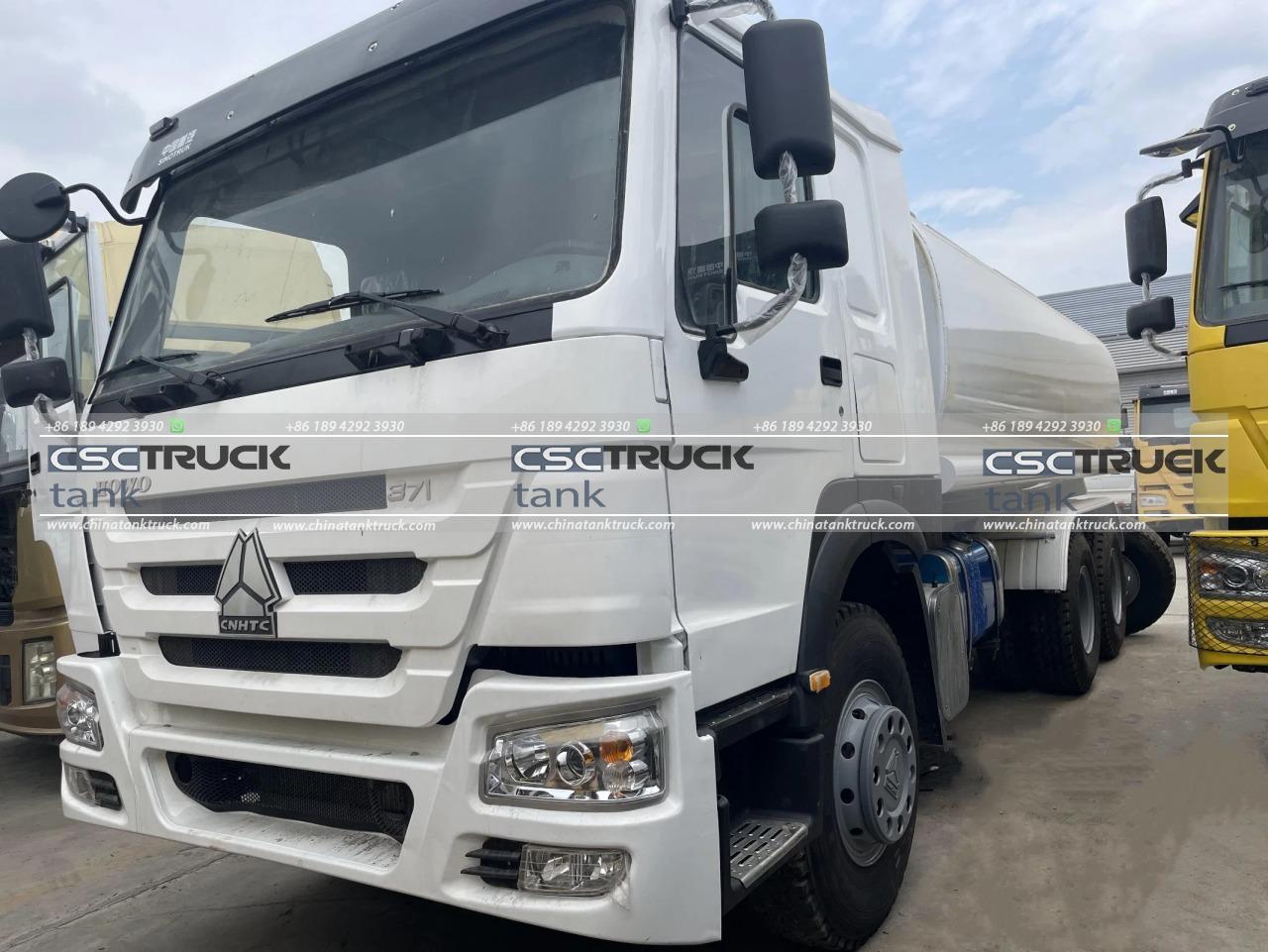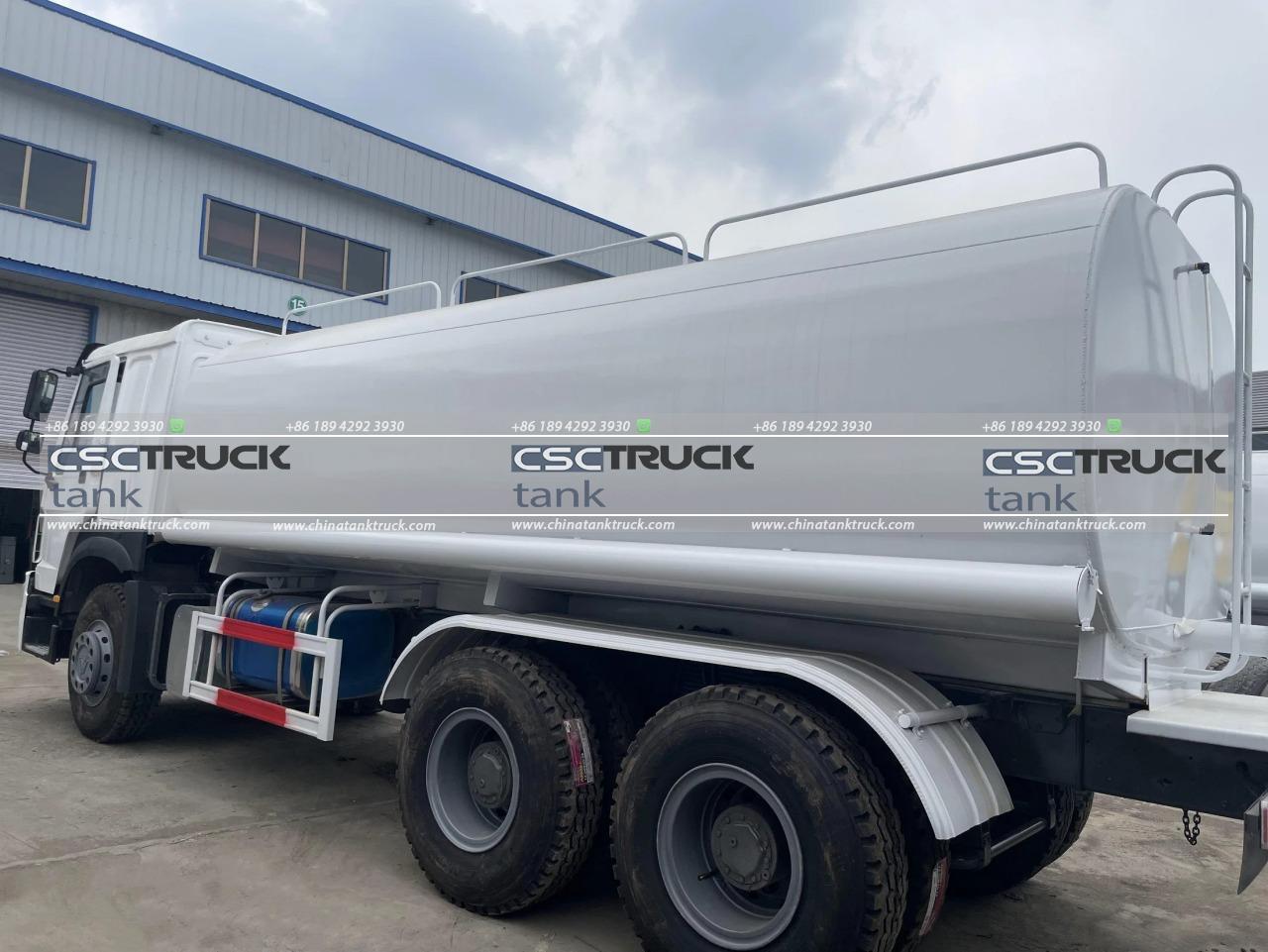How Much Fuel Does a Fuel Truck Carry?
Fuel trucks, often called tankers, are essential for transporting fuel from refineries and distribution centers to gas stations, airports, and industrial facilities. These trucks come in various sizes and types, with each suited to different transportation needs and capacities. Understanding how much fuel a fuel truck can carry involves looking into the types of fuel trucks, their capacities, and the regulations governing fuel transportation. Here, we’ll dive into the specifics of fuel truck capacities, including small, medium, and large tankers, and factors that influence their fuel-carrying abilities.
1. Types of Fuel Trucks and Their Capacities
Fuel trucks are categorized into several types based on their size, structure, and intended usage. These categories primarily include small, medium, and large tankers, each with varying fuel capacities.
Small Fuel Trucks
Small fuel trucks, also known as “bobtail” or “mini-tankers,” are typically used for local deliveries and smaller fueling needs. They are often seen refueling construction equipment, fleet vehicles, or home heating oil tanks. These trucks are agile and can navigate tight spaces that larger trucks cannot.
– Typical Capacity: Small fuel trucks generally carry between 1,000 and 3,000 gallons (3,785–11,356 liters) of fuel.
– Typical Uses: Due to their size, small fuel trucks are mainly used for shorter, local routes and for delivering fuel to sites with limited space for larger vehicles.
– Weight and Regulations: Given their smaller size, these trucks usually stay within a gross vehicle weight (GVW) limit of 20,000 to 26,000 pounds, depending on regional transportation regulations.
Medium Fuel Trucks
Medium-sized fuel trucks serve a middle-ground role. They are large enough to carry a significant amount of fuel but are not as cumbersome as full-sized tankers. Medium tankers are commonly used for regional fuel distribution and have a larger capacity than small tankers.
– Typical Capacity: Medium fuel trucks can carry between 4,000 and 7,000 gallons (15,142–26,497 liters) of fuel.
– Typical Uses: These trucks are commonly employed for regional fuel distribution, especially when smaller gas stations and facilities need refueling.
– Weight and Regulations: These trucks generally fall under the 33,000 to 40,000-pound GVW category. They must adhere to specific weight distribution and safety regulations due to the significant amount of fuel they carry.
Large Fuel Trucks
Large fuel trucks, also known as “supertankers” or “highway tankers,” are heavy-duty vehicles responsible for transporting fuel over long distances. These trucks are often used to deliver fuel to large facilities or fuel depots where they will be further distributed.
– Typical Capacity: Large fuel trucks can carry anywhere from 8,000 to 11,000 gallons (30,283–41,640 liters) of fuel.
– Typical Uses: These trucks are often utilized for long-haul fuel transportation, moving fuel from refineries to distribution points and fuel depots. They also play a crucial role in supplying fuel to major gas stations and airports.
– Weight and Regulations: Large fuel trucks have gross vehicle weights that often exceed 80,000 pounds. Regulations for these trucks are stringent, including weight distribution across axles and mandatory permits for routes with weight restrictions.

2. Factors That Influence Fuel Capacity in Fuel Trucks
Several key factors influence how much fuel a fuel truck can carry. Beyond the truck’s size, these include tank construction, regulatory requirements, and the type of fuel being transported.
Tank Construction and Design
Fuel trucks are equipped with specially designed tanks built to safely contain liquid fuels. These tanks are typically made of aluminum or stainless steel to reduce weight while providing structural integrity. Internal baffles in the tanks prevent fuel from shifting excessively during transit, which could destabilize the truck.
– Compartments: Many fuel trucks have tanks divided into compartments. This allows them to carry different types of fuel (e.g., gasoline and diesel) in a single trip. These compartments are also designed to limit fuel sloshing, enhancing stability.
– Capacity Efficiency: Compartmentalized tanks optimize space, allowing trucks to carry the maximum possible fuel within legal and safety limits. Each compartment is fitted with valves and controls to prevent cross-contamination between fuel types.
Regulatory Constraints
Fuel trucks are subject to strict regulations to ensure safe transport. These regulations vary by country and region but generally include rules on weight limits, fuel type, tank design, and safety equipment.
– Weight Regulations: In many regions, the total weight a truck can carry, including fuel, cannot exceed 80,000 pounds (36,287 kilograms) without special permits. This limitation affects how much fuel the truck can carry because the weight of the truck itself, the tank, and the fuel must all be considered.
– Safety Regulations: Fuel trucks must comply with safety regulations, which include safety valves, spill prevention, and fire-resistant materials. These requirements may limit capacity, as additional safety equipment adds to the vehicle’s weight.
Type of Fuel
The type of fuel being transported can impact how much a fuel truck can carry due to differences in fuel density. For instance, gasoline is less dense than diesel, so a tank filled with diesel may be heavier than one filled with the same volume of gasoline.
– Gasoline: Gasoline has a lower density, meaning that a truck can carry a higher volume of gasoline within weight limits compared to heavier fuels.
– Diesel: Diesel is denser than gasoline, resulting in a heavier load for the same volume. Trucks carrying diesel may need to carry slightly less to stay within legal weight limits.
– Aviation Fuel and Specialized Fuels: Fuels used for aviation or industrial purposes may have specific storage requirements, such as temperature control, which can impact the tank’s design and the overall carrying capacity.

3. Calculating Fuel Truck Capacity
The capacity of a fuel truck is a combination of the tank’s size, the weight restrictions, and the type of fuel being carried. To calculate how much fuel a specific truck can carry, fleet managers or operators typically consider the following formula:
– Capacity (in gallons) = (Truck’s GVW Limit – Truck Weight) / Weight per Gallon of Fuel
For example, if a large fuel truck has an 80,000-pound GVW limit and the truck itself weighs 30,000 pounds, it has 50,000 pounds of capacity remaining. If the truck is transporting gasoline, which weighs approximately 6 pounds per gallon, then:
– Capacity in gallons = 50,000 pounds/6 pounds per gallon ≈ 8,333 gallons
4. Environmental and Safety Considerations
Fuel trucks operate under stringent environmental and safety regulations. Given that fuel is highly flammable and has the potential for significant environmental impact, transportation companies take extra precautions in both the loading and unloading process and during transit. Most fuel trucks are equipped with spill containment systems, fire suppression equipment, and emergency shutoff valves to reduce the risk of accidents and fuel leakage.
– Environmental Concerns: In case of an accident, a large volume of fuel could pose a major environmental risk, contaminating soil and waterways. Tanker trucks must adhere to environmental regulations for spill prevention and response protocols.
– Safety Standards: Modern fuel trucks have numerous safety standards, including roll-over protection, to reduce the risks associated with transporting large volumes of flammable material. Drivers must undergo specialized training to handle fuel safely, operate emergency systems, and respond to potential hazards.

Conclusion
Fuel trucks are an essential part of the fuel distribution network, carrying anywhere from a few thousand to over ten thousand gallons of fuel per trip, depending on their size and type. With strict regulations governing their design, load capacity, and safety measures, fuel trucks are designed to ensure the efficient and safe delivery of fuel across regions. Understanding their carrying capacity is key for logistics planning and ensuring that fuel reaches consumers without incident. From small trucks serving local needs to large tankers driving long distances, each type of fuel truck plays a critical role in keeping fuel readily available.

